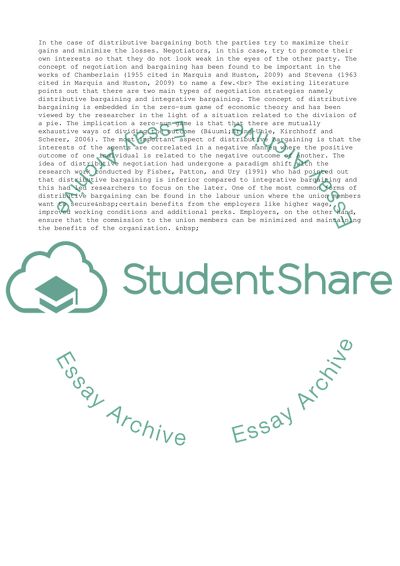Cite this document
(“Research Assignment Essay on Distributive Bargaining and Mediation”, n.d.)
Retrieved from https://studentshare.org/business/1657310-research-assignment-essay-on-distributive-bargaining-and-mediation
Retrieved from https://studentshare.org/business/1657310-research-assignment-essay-on-distributive-bargaining-and-mediation
(Research Assignment Essay on Distributive Bargaining and Mediation)
https://studentshare.org/business/1657310-research-assignment-essay-on-distributive-bargaining-and-mediation.
https://studentshare.org/business/1657310-research-assignment-essay-on-distributive-bargaining-and-mediation.
“Research Assignment Essay on Distributive Bargaining and Mediation”, n.d. https://studentshare.org/business/1657310-research-assignment-essay-on-distributive-bargaining-and-mediation.


